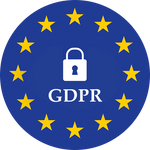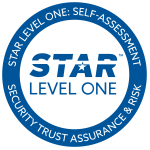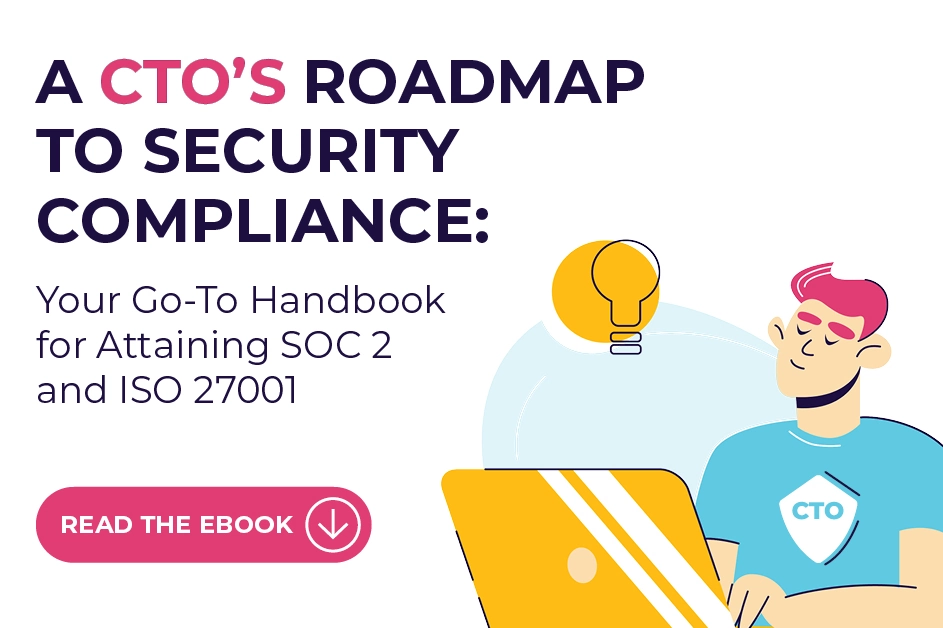In today’s fast-paced digital landscape, where data breaches and cyber threats loom as constant challenges, choosing the right cybersecurity framework is paramount for safeguarding your organization’s sensitive information. It’s not uncommon to find oneself lost in the alphabet soup of acronyms like NIST CSF and ISO 27001, both revered in the cybersecurity realm. These frameworks serve as the compass and armor in your quest to protect your data from ever-evolving threats. However, navigating the intricate differences between them can be a daunting task. Fear not, for in this article, we will embark on a journey to demystify NIST CSF and ISO 27001, shedding light on their distinctive characteristics. By the end, you’ll be equipped with the knowledge to make an informed decision, ensuring your organization’s digital fortress remains resilient in the face of cyber adversaries. So, put on your cyber-glasses, let’s delve into the world of NIST CSF and ISO 27001, and discover which one aligns best with your organization’s unique cybersecurity needs.

What is NIST CSF?
So what exactly is the NIST Cybersecurity Framework (CSF)? It’s a set of best practices and standards designed to help organizations protect their cybersecurity assets. Think of it as your very own personal bodyguard, always on call 24/7 to help you protect against cyber threats and attacks.
NIST CSF was developed by the US National Institute of Standards and Technology (NIST) as a voluntary framework that provides organizations with guidelines to manage their cybersecurity risks. It helps organizations identify, implement and improve their cybersecurity policies and procedures within five core functional categories: Identify, Protect, Detect, Respond and Recover.
It lays out a step-by-step process for managing cyber risks that can be tailored to an organization’s specific needs and circumstances. Organizations can use the framework to assess their current cybersecurity practices and identify any gaps in security controls that need to be addressed.
What is NIST CSF Used For?
So what can you do with NIST CSF? Well, you can use it as a roadmap for your organization to create a robust cybersecurity strategy. Here are a few neat things it provides:
- A comprehensive set of standards and best practices for cybersecurity.
- Guidelines for protecting your data and systems from threats, both online and offline.
- Identification of potential cyber risks and an outline for how to manage them.
- A framework for making sure the security measures implemented by your organization are adequate and effective.
Now, don’t be fooled – NIST CSF is not some magic wand that will solve all your security problems in an instant. But it does provide you with the structure necessary to identify your risk profile, develop mitigation strategies, and accurately assess any security types of gaps in your operations.
The NIST CSF helps organizations maintain compliance with regulatory requirements while staying ahead of future emerging threats. It also helps strengthen communication between different departments so that everyone is on the same page, cybersecurity wise. In short, NIST CSF is like having a buddy give you some advice on how to make sure your data is safe – You just have to take the advice and make it happen!
What is ISO 27001?
ISO 27001 is an international standard that provides a set of rules, principles, policies and procedures to protect information assets. These set of guidelines help organizations develop, implement, and maintain an information security management system (ISMS):
- Developing a set of policies and procedures to establish an information security management system (ISMS).
- Implementing measures to reduce any type of cybersecurity risks.
- Regularly assessing risks and maintaining security levels.
- Communicating relevant security policies to stakeholders.
- Assigning roles and responsibilities for IT staff in regard to information security management.
- Conducting regular reviews and audits to ensure compliance is maintained.
By meeting the requirements specified in ISO 27001, organizations can demonstrate their commitment to protecting confidential data and adherence to industry best practices. This can be especially beneficial when dealing with customers and partners, who are looking for an assurance that their data will remain safe and secure.
What is ISO 27001 Used For?
We’ve talked about what NIST Cybersecurity Framework (CSF) is and what it can do for your business, but how does that compare with ISO 27001?
The framework focuses on defining and implementing measures to safeguard the confidentiality, integrity, and availability of information. It includes elements such as risk assessment, risk management, access control, program development and maintenance, incident response planning, and security awareness training.
But, what makes ISO 27001 so special? Well, what it boils down to, is creating an environment where organizations can confidently handle information security risks. With proper implementation of its components, you will establish a strong, robust ISMS and manage information security risks better, making the data you manage more secure and enabling you to comply with industry standards, and protect you against emerging threats,
In short, ISO 27001 will help you stay one step ahead by helping you analyze risk and establish a continuous cycle of improvement.
Key Differences: NIST Framework vs. ISO 27001
| NIST CSF | ISO 27001 |
| To start, the NIST Framework is a U.S. Department of Commerce guidance that explains how to identify, assess, and manage cyber risk. It outlines cybersecurity activities, references existing standards and guidelines, and is flexible enough to fit your organization’s particular needs. | ISO 27001, on the other hand, is an international standard for an information security management system. It requires organizations to define and manage risks to their information assets through a risk assessment, and then meets the requirements of the standard by implementing a system of controls. |
| The NIST CSF is a voluntary framework that gives organization guidance on how to identify, protect, detect, respond to, and recover from cybersecurity threats. It focuses on the development of security controls and measures that can be implemented by organizations. | ISO 27001 is a more comprehensive standard that outlines specific requirements for organizations to meet in order to ensure their information security systems are effective and compliant with international standards. |
| Another key difference between the two frameworks is that the NIST Framework offers more flexibility and scalability. | ISO 27001 is a more rigid and prescriptive standard. |
| Due to its voluntary nature, NIST CSF is available for free. It can be implemented at your own pace and cost. | In contrast, ISO 27001 requires an official audit, which often comes at a costly price. |
So is NIST CSF or ISO 27001 Right For Your Organization?
When it comes to choosing between NIST CSF or ISO 27001, there is no easy answer. Both frameworks are widely recognized and can help organizations improve their cybersecurity and data protection strategies.
Ultimately, your choice should be driven by the specific requirements of your organization and industry. The truth is that there is not a one-size-fits-all answer here, as what works for one organization might not be the best solution for another organization.
If you’re looking for a more comprehensive approach to risk management, then ISO 27001 may be the best option for your organization. This framework provides a comprehensive set of guidelines for establishing an effective Information Security Management System (ISMS). With ISO 27001, there are clear procedures to identify security risks, prevent and detect cyber threats, and document measures to protect both physical and electronic assets.
If you need a lighter-weight framework that helps organizations achieve security objectives quickly, then NIST CSF may be better suited for your needs. This framework provides a flexible approach that centers around five core functions: Identify, Protect, Detect, Respond and Recover. By implementing NIST CSF efficiently, organizations can significantly reduce their attack surface while still maintaining their regulatory compliance.
Another determining factor is what a client has requested. Many organizations get compliant at the request of a new client (or old) they wish to work with, or continue to work with.
Ultimately, selecting the right framework depends on your individual needs as an organization. If you need help deciding which framework suits your business needs best, the experts at Scytale can provide some guidance.
Understanding Your Security Compliance Needs
As we have gathered, it can be confusing at times trying to decide which framework is best, but what we know is both NIST CSF and ISO 27001 provide key cybersecurity measures to protect businesses from incoming threats and ensure the business is compliant.
Organizations must figure out which of these cybersecurity frameworks best fits their needs when it comes to implementing the right security measures. NIST CSF provides a more holistic approach to cybersecurity, while ISO 27001 offers more specific technical guidelines. Ultimately, organizations must weigh their business needs and determine which approach best suits their information security needs, industry standards, location and business operations.













